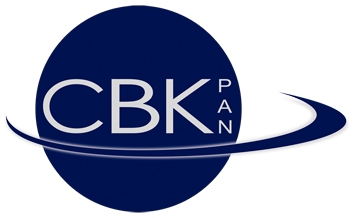Satellite infrastructure
In this area, the undisputed leader is SRC PAS, which participated in a number of space missions (Integral,
Herschel, CASSINI, ROSETTA). The most important of them is the BRITE-PL project - the construction
and launch of two Polish astronomical satellites in cooperation with partners from Canada and Austria as
part of the international constellation of six BRITE satellites. Both Polish satellites are fully functional and
collect observational data regarding the observation of bright stars. Currently, the ATHENA (NCAC, SRC)
project of the new generation of X-ray telescope accepted by ESA with the plan of launching into orbit in
2031 is currently in the implementation phase. Polish engineers from SRC will build elements of satellite
astronomical instruments: the WFI detector and the mechanism of the X-IFU instrument. Another very
important project is the RENESANS project (Creotech, SRC), which is to develop a universal satellite
platform standard HyperSat MINI (abbreviated HSN or Hypercube) for the realization of space missions in a
short time and at low cost, in particular for the construction of satellite constellations. A modular platform
with sizes from 30x30x10 cm and a weight of 10 kg, to 30x30x60 cm and a weight of 60 kg, will be
developed. As part of the work on the electronic part, all subsystems will be developed, among others:
power subsystem, on-board computer, or communication subsystem. The main advantages of the platformwill be its modularity and
repeatability. The observation of the Sun concerns PROBA 3, a project financed
by ESA, carried out by a consortium whose leader is the Belgian CSL, and subcontractors are SRC and
Creotech.


